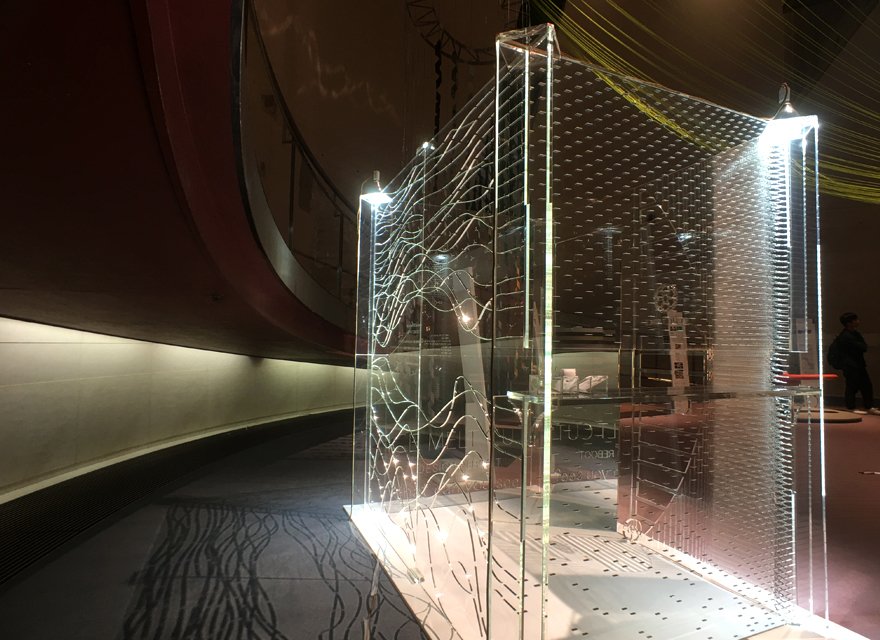Behind the Scenes of Restoration
페이지 정보

본문

The first step in the restoration process is to assess the artwork and determine its situation. This involves a thorough examination of the piece, which may involve using various methods and technologies such as X-rays to identify hidden issues. The conservator or expert will also examine the artwork's origins, including who created it, when, and how it was made, to gain a better understanding of its value.
After the assessment is complete, the restorer or expert will develop a treatment plan that outlines the steps needed to restore the artwork. This may involve a range of approaches, including the removal of old restorations, the repair of cracks, and the stabilization of fragile areas of the artwork.
The reality is restoration process can be extremely precise. The restorer or expert will begin by gently removing any old restorations, such as varnish, using specialized destruction solutions and techniques. This can be a time-consuming process, as it requires a great deal of care to avoid causing further disturbance to the artwork.
Once the old restorations have been removed, the restorer or expert will begin to repair any erosion to the artwork. This may involve using a range of methods, including repairing in seams with specialized agents, and applying a new layer of coating to conserve the artwork and amplify its look.
Furthermore repairing harm, the restorer or expert may also need to stabilize the artwork to ensure that it remains unchanged. This may involve using custom equipment such as pressurized tanks, to dry out areas of the artwork that are waterlogged.
The final step in the restoration process is to preserve and protect the artwork. This involves creating comprehensive records of the restoration process, including photographs, and インテリア アート storing them in a secure location. The artwork itself will also be thoroughly packaged to protect it from damage during transportation or storage.
Throughout restoration process, the restorer or expert must be sensitive of the artwork's initial intent and cultural worth. This may involve making trades-offs between conservation and repair, and seeking the input and involvement of curators.
In recent years, there has been a growing emphasis on the value of conservation in the art world. This has led to the development of new strategies and technologies that allow conservators to work with greater precision. It has also led to a greater emphasis on collaboration and teamwork between conservators, art historians, and other art experts.
Ultimately process of art restoration is a intricate discipline that requires a deep understanding of art history, conservation, and the techniques involved. It involves a range of exacting processes, from assessing the artwork to conserving and conserving the final result. By working with patience and accuracy, restorers can help to protect and preserve our historical heritage for future to come.
- 이전글비아그라정품구입방법 아드레닌성분, 25.07.01
- 다음글부천역호빠추천 [010-8254-4565] 부평선수가라오케 부평선수초이스 부천호스트바 부천역호스트바 부천호빠 25.07.01
댓글목록
등록된 댓글이 없습니다.

